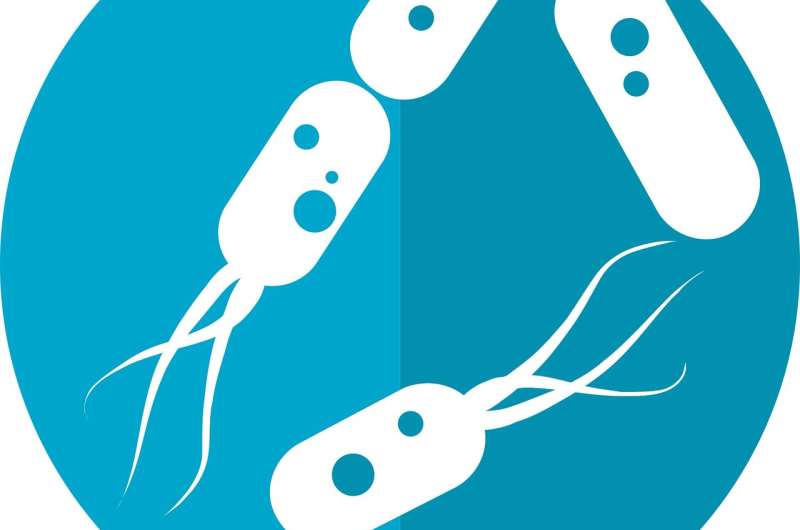Credit: CC0 Public Domain
By turning a pathogenic yeast into an immunity-conferring symbiont, a team of A*STAR researchers is unraveling mysteries behind gut evolution and universal vaccines
While attempting to increase a yeast's pathogenicity towards a non-native host, A*STAR researchers unexpectedly transformed the fungi into a symbiotic gut microbe that supported its host's survival instead of fighting it. This revelation implicates a recently-discovered 'trained' immunity and could shed insight into the origins of the mammalian gut microbiome.
"My first hypothesis was completely wrong," says the Singapore Immunology Network's Norman Pavelka. He had hoped that by taking the human-pathogenic yeast Candida albicans and exposing it repeatedly to a new host (mice), he could select and re-inoculate the best growers and force the evolution of a mouse-pathogenic strain. This process is known as serial passaging and is similar to the way classic 'live-attenuated' vaccines, such as those for polio and smallpox, are produced. By forcing pathogens to repeatedly adapt to new species, they lose their virulence towards humans.
Surprisingly, the passaged C. albicans lost, rather than gained, pathogenicity to their new host. Pavelka realized that their approach of using the mouse gut as the selective environment, as opposed to the bloodstream, was probably to blame. "The gastrointestinal tract is where we make peace with microbes, not war. The selective pressure is completely different," he explains. Many animals, mice included, eat each other's feces, providing a transmission vector for pathogens. Microbes that evolve to thrive in their host's gastrointestinal tract without causing death are more likely to be passed to new hosts.
The team also found that the mutualistic mutations of C. albicans were hindered by the presence of other gut microbes, indicating its need to retain virulence to survive in a competitive environment. This also explains why C. albicans does not have a symbiotic relationship with its natural host, humans, as it is outcompeted by other microbes.
Mice colonized by or vaccinated with evolved C. albicans survived an otherwise-lethal injection—not only of wild-type, virulent Candida fungus but also of other unrelated pathogenic fungi and bacteria. "I thought 'this must be a mistake,'" recalls Pavelka. In fact, the team found that the evolved symbiotic fungi trained the mice's immune system via a pathway completely separate from traditional adaptive immunity, in which a host recognizes previously-encountered pathogens via identifying structures called antigens. Instead, the response is indicative of a recently-discovered process dubbed 'trained immunity.'
As trained immunity can offer broad protection against pathogens not previously encountered, Pavelka says this revelation could fuel investigations into 'universal' vaccines that could even protect patients with otherwise-compromised immune systems. Now, the team is working to reveal the scope of this cross-protection, and the mechanisms underpinning trained immunity. In their paper, published in the journal Science, Pavelka and his colleagues also explain that their observations could inform research into the mammalian gut microbiome and the evolutionary forces that drive it.
More information: Gloria Hoi Wan Tso et al. Experimental evolution of a fungal pathogen into a gut symbiont, Science (2018). DOI: 10.1126/science.aat0537
Journal information: Science























